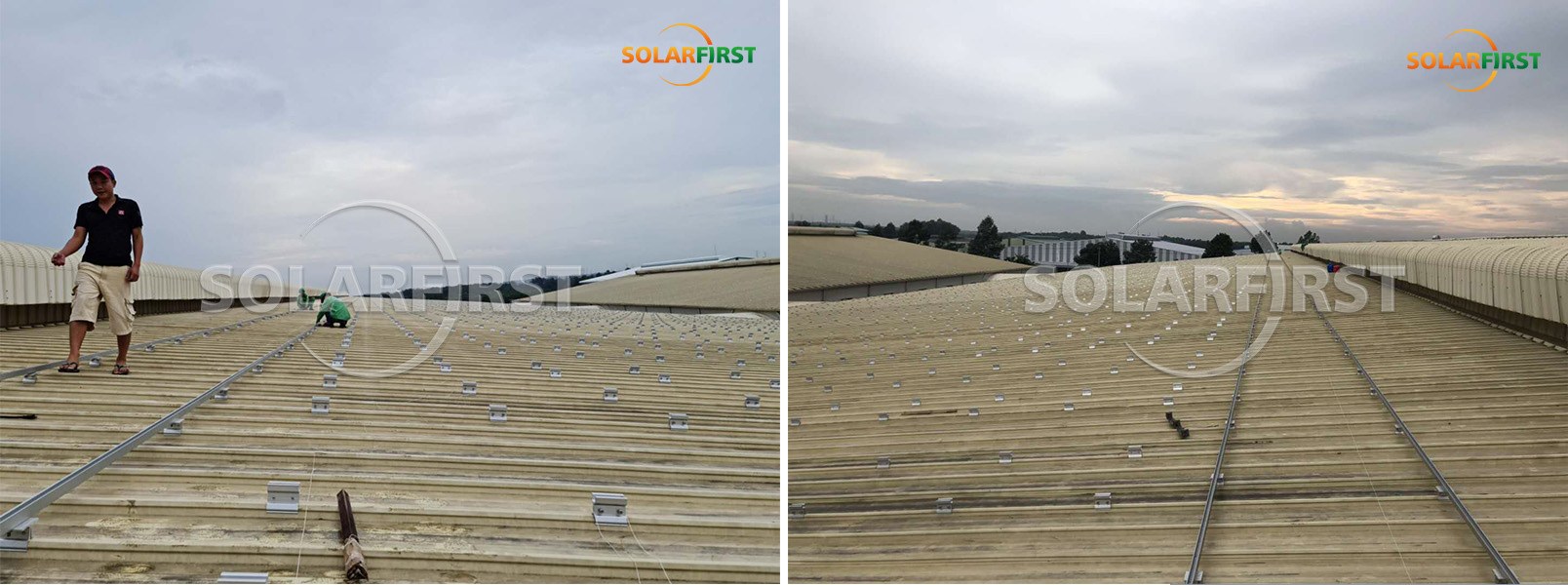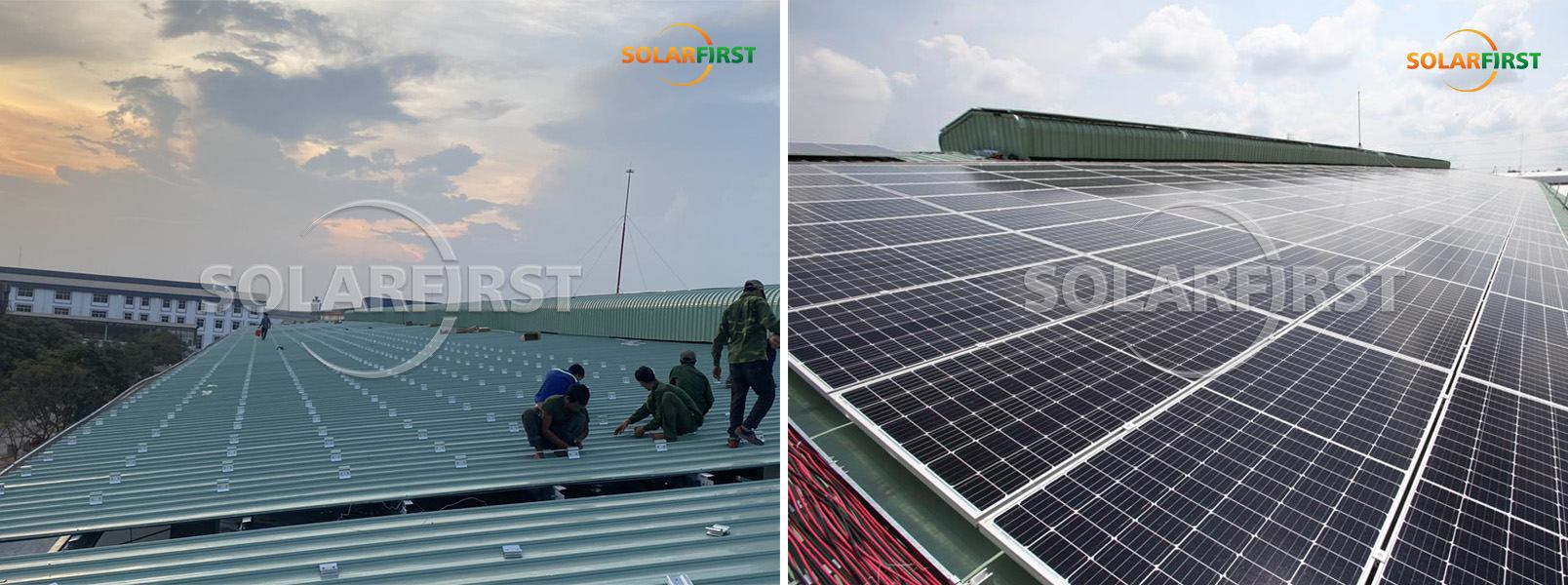The transition from spring to summer is a period with a high incidence of strong convective weather. The scorching summer that follows is accompanied by extreme weather conditions such as high temperatures, heavy rain and thunderstorms, posing multiple challenges to rooftop photovoltaic power stations. So, how should we take appropriate countermeasures to ensure the stable operation of the power station and guarantee the power generation revenue?
Dealing with high temperatures and intense heat:
Maintain ventilation and heat dissipation: Regularly clear obstructions from the power station to ensure that the components are always in a good state of ventilation and heat dissipation.

Scientific cleaning components
• Choose to clean in the early morning or late evening when the temperature is lower.
• Avoid working at noon or in the afternoon when the sun is strong and the temperature is extremely high. There is a risk of cracking if the glass panel of the component is subjected to sudden cooling and a huge temperature difference.
Ensure the heat dissipation of the inverter
• High temperatures can accelerate the aging of internal components in inverters. Ensuring good ventilation and heat dissipation is of vital importance.
• Inverters are usually installed outdoors, and the location should avoid direct sunlight (such as the back of components, under eaves, and other shady places).
• Install sunshades for inverters installed outdoors and ensure smooth air circulation around them.
Dealing with Summer rainstorms
• A large amount of rainwater immersion may cause a decline in the insulation performance of cables and components. If damage occurs, it will directly lead to the interruption of power generation.
• Pitched roof: Usually has strong drainage capacity, so there is no need to worry too much.
• Flat roof: It is necessary to increase the frequency of inspections to promptly identify and address potential water accumulation hazards.

Important Safety Warning
• When conducting operation and maintenance checks in rainy weather, it is strictly prohibited to operate electrical equipment by hand!
• Do not touch the inverter, components, cables or terminal blocks directly with your hands!
• Insulating rubber gloves and insulating rubber boots must be worn to significantly reduce the risk of electric shock!
It is worth noting that a stable and reliable support system is the foundation for a power station to withstand wind and rain and ensure safe operation. For example, the series of Roof support solutions provided by Solar First Group, such as SF Metal Roof Mount, SF Tile Roof Mount, and SF Concrete Roof Mount, fully considered the challenges of extreme weather at the design stage.
It has the following key advantages
✅ excellent structural performance
• The wind load resistance capacity can reach 60m/s, effectively resisting strong wind environments.
• The snow load capacity reaches 1.4 kN/m², meeting the safety requirements of snow areas.
• The system design enables the solar modules to be installed parallel to the roof surface, keeping the building's appearance neat and tidy.
✅ high-quality and durable materials
• Main structural material: High-strength anodized aluminum AL6005-T5, which is lightweight, corrosion-resistant and has high strength.
• Key connection components: Stainless steel SUS304, featuring excellent corrosion resistance and connection reliability.
• Choosing such high-performance bracket products can greatly enhance the structural safety and long-term stability of power stations under adverse weather conditions.

Dealing with Summer lightning
• Regular inspection of lightning protection facilities: Routine checks on the lightning protection devices of photovoltaic power stations are indispensable.
• Effective lightning protection measures: Currently, the most effective and widely used method is to reliably ground the metal parts of electrical equipment (equipotential bonding). The grounding system consists of four parts: grounding devices, grounding electrodes, down conductors and the earth.
• Safe Operation: Avoid manual maintenance of electrical equipment and circuits. Be sure to wear insulating rubber gloves to strictly prevent the risk of electric shock. At the same time, comprehensive protective measures against high temperatures, heavy rain, typhoons and lightning strikes should be implemented.
Summary and Suggestions
The weather is unpredictable. Increasing the frequency of inspection and maintenance of power stations can effectively prevent faults and even accidents, which is the key to ensuring the power generation income of power stations.
• You can carry out the daily basic maintenance of the power station by yourself.
• Professional operation and maintenance engineers can also be entrusted to conduct comprehensive inspections and maintenance to ensure the safe and efficient operation of the system.
leave a message
Scan to wechat :
